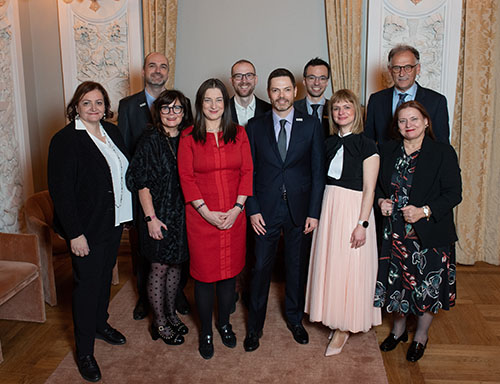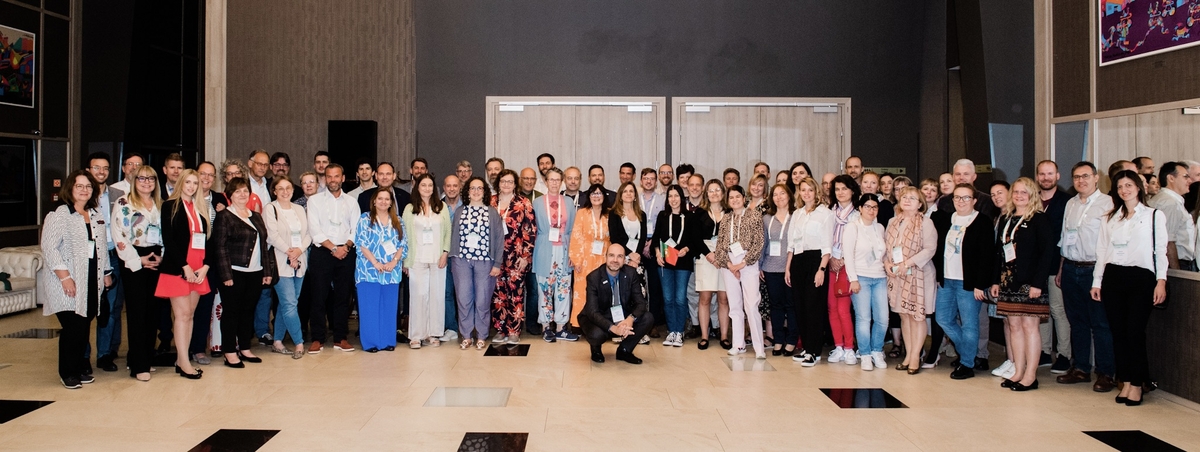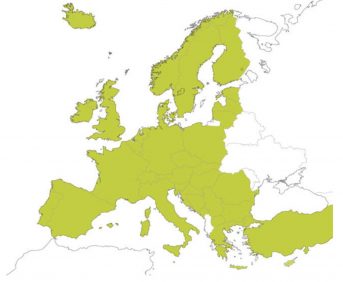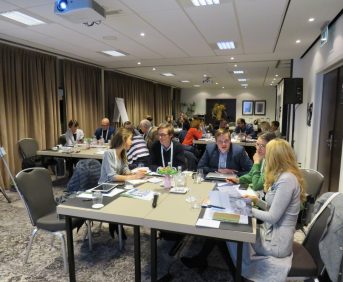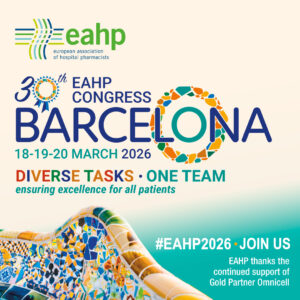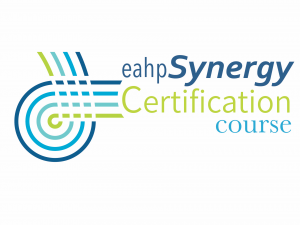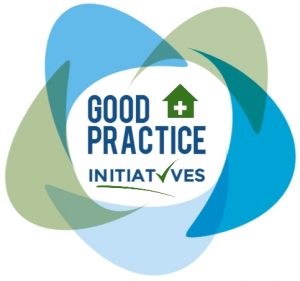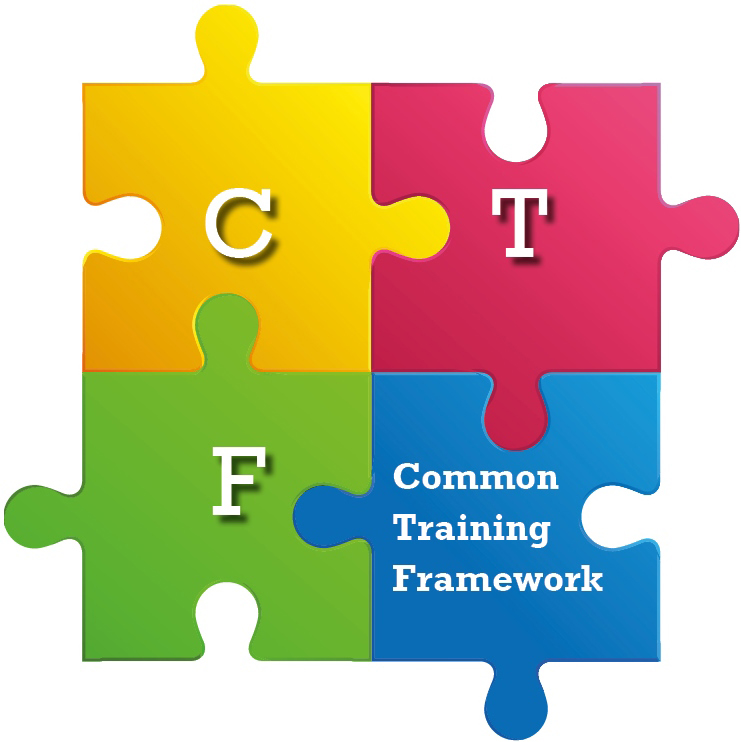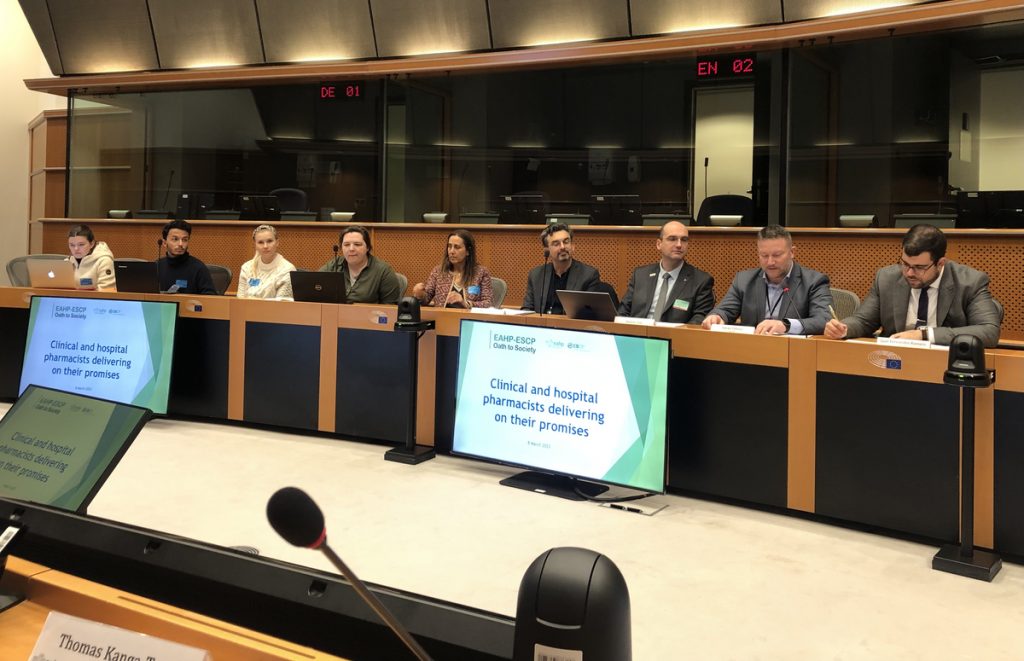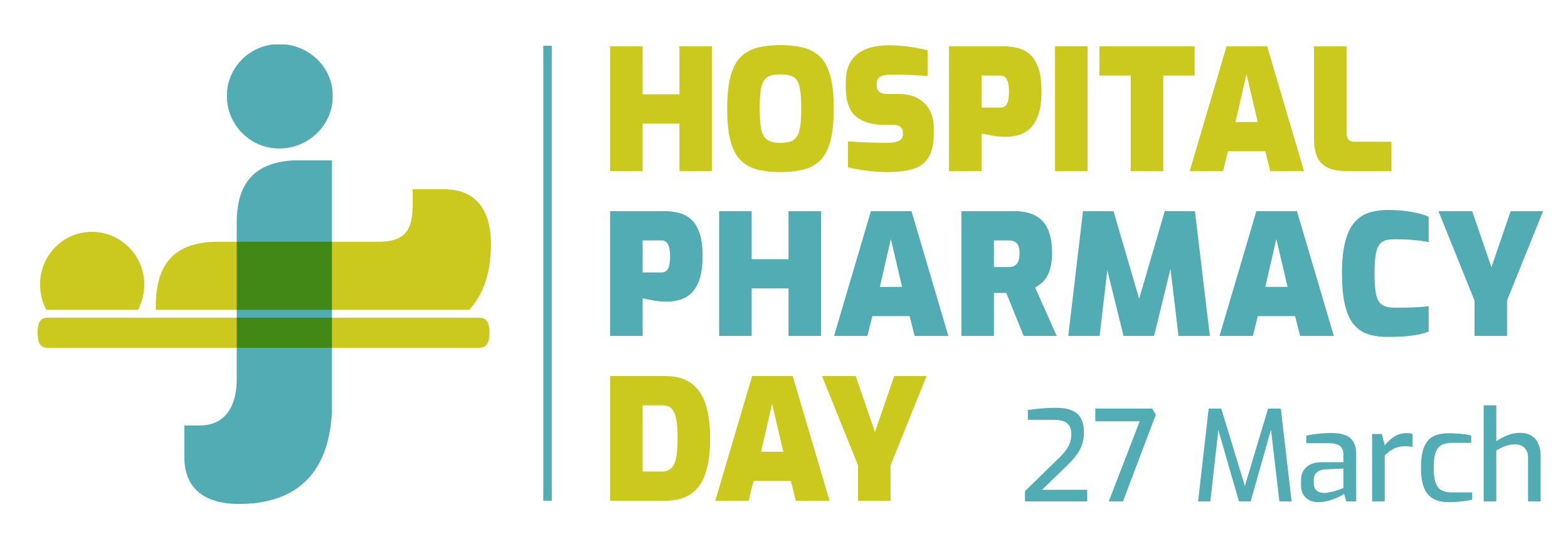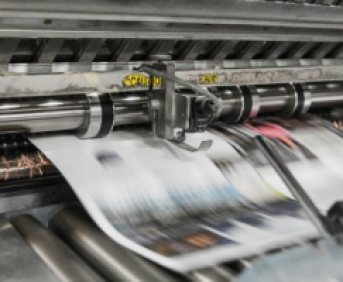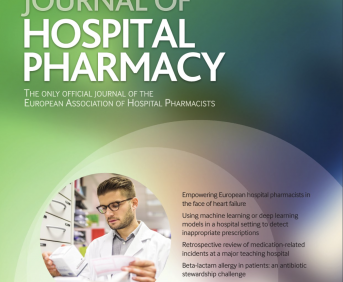Improving medication barcode identification on the smallest unit of use: Start-up first ePIL (electronic leaflet) project for medicines used in hospitals in Spain
European Statement
Patient Safety and Quality Assurance
Author(s)
E Sulleiro, C Garrido, A Santamartina, O Delgado, B Aguado, I Alvarez Novoa, M Amérigo , L Calatayud, M Cardenal, J Carretero , J Corredoira, MA De la Peña, MJ De la Torre, S Domingo-Carranza, M Ercep, E Emili, M Eugui, E Falco, M Garcia , S Hernandez, M Hidalgo, J Hierro, M Jamali, C Joglar, S Juan, N Longás, A Lopez de la Rica, JJ Martínez , M MIllán , P Paris, C Ramirez, M Serrano
Why was it done?
Medication errors are one of the most common causes of preventable adverse events in the healthcare system. A complete identification of a medicine, up to the moment of administration, is therefore a key element of a safe medicines dispensing procedure in hospitals.
Digitization is a trend affecting all levels of our society and medicines are no exception. Increased use of Datamatrix code in the outer packaging of medicines has facilitated many healthcare professionals to become familiar with this technology. It is now possible to easily retrieve online information about a medicine, which raises the possibility of obtaining updated information of medicines without necessarily using a paper leaflet. Moreover, paper leaflets in the hospital setting are very often disposed of without reaching their end user, the patient.
Additionally, hospitals have other needs closely related to digitalization, considering errors in the reconciliation of prescription versus dispensing and administration, that can be reduced due to automated capture of the code linked to a particular medicine in the smallest unit of use, and also when dealing with compounding traceability preparations for patients.
What was done?
Spanish Agency of Medicines and Medical Devices (AEMPS), Spanish Society of Hospital Pharmacy in coordination with Hospital Committee of the General Council of Official Pharmacist Associations , and a series of pharmaceutical companies, mostly integrated in National Trade Association of the Spanish based pharmaceutical industry (Farmaindustria), have launched a project consisting of removing paper leaflet from the packaging components of a series of medicines exclusively administered in hospitals. These medicines will have a Datamatrix code in the primary packaging. When scanned, Datamatrix will allow to capture official PIL text from the information hosted in the Medicine Online Information Center of AEMPS (CIMA), which can be used for patient safety purposes at hospital pharmacy.
How was it done?
The Project began in November 2020 creating an ad-hoc working group on “Technical Regulation of Pharmaceutical Medicines” from Farmaindustria with AEMPS and representatives of Hospital Pharmacists. After 10 TCs and after having the participation of different partners, the main lines were agreed
Stakeholders agreed a proposal for pilot description and AEMPS informed the European Commissionin due course.
What has been achieved?
1. From January, 1 2022, a list of medicines meeting the established requirements will be able to be marketed without paper leaflet
2. Non-serialized Datamatrix will be included in the primary packaging, shall be compliant with GS1 standardization and may be pre-printed. It will contain specific NTIN/GTIN that will enable access through a correspondence table to Marketing Authorization Number (pharmaceutical form and dose) of the medicine hosted in AEMPS Nomenclator for Prescription (a medicine database intended to provide core prescription information to the care information services). In case technically feasible, companies may include also batch variable information such as Batch Number and Expiry date in the Datamatrix on a voluntary basis.
What next?
Assessing the impact of this practice in terms of efficiency, flexibility and safety is a key priority and this pilot project will gather enough data and information to help EC and Member States to revise relevant provisions in the legislation by 2022.
EU citizens will be able to benefit from the development of new technologies, as an underlying driver for delivering timely and easily accessible an up-to-date medicinal product information,
